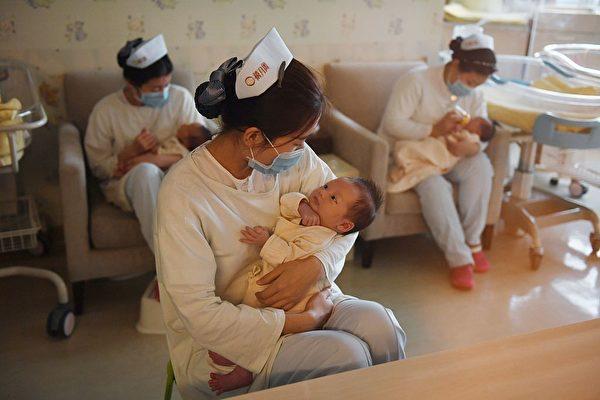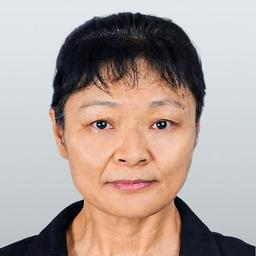China’s population is aging and the number of births has plummeted. The Central Bank of the Chinese Communist Party (CCP) has published a paper calling for full liberalization and encouragement of childbearing.
Some experts say that for economic reasons and overall war preparedness, Chinese Leader Xi Jinping may fully lift the birth restrictions.





